How Much Does a Concrete Slab Cost? A Complete Breakdown
When planning a new home or extension, understanding the concrete slab cost is a critical first step. For most projects, the foundation is a major budget item, but what actually determines the final price?
The final price isn’t just about the size of your floor plan. It’s a complex calculation based on engineering, materials, and labor. Here’s a clear breakdown of the key factors that determine how much you will pay for your concrete slab.
1. The Engineering Design is Paramount
The single most important document for costing your slab is the structural engineering design. An engineer creates these plans based on your home’s layout and, most importantly, your site’s specific soil conditions.
This design dictates every physical aspect of the slab, including:
- Slab Thickness: The thickness of the main slab surface, often around 100mm.
- Beams and Footings: Deeper, thicker trenches of concrete around the perimeter (edge beams) and sometimes through the middle (internal beams). These provide the slab with its structural strength.
The requirements for these beams are highly dependent on the soil type, meaning two identical floor plans on different blocks of land can have very different foundation costs.
2. It’s About Volume (m³), Not Just Area (m²)
A common mistake is to estimate costs on a simple per-square-meter basis. The real driver of material costs, especially for concrete, is the total volume required.
The depth of the beams makes a massive difference. For example, a 94-square-meter slab might have a surface thickness of only 100mm, but its perimeter edge beams may need to be dug 600mm deep or more. These deep trenches consume a far greater volume of concrete than the flat surface area, significantly impacting the total material cost. A project requiring deeper footings due to poor soil conditions will always be more expensive.
3. The Two Main Components of Your Concrete Slab Cost
The total price of a slab can be broken down into two primary categories.
Labor Costs
This covers all the physical work required to prepare the slab for the pour and to finish it. Labor is often quoted at a per-square-meter rate, which can range from $75 to $110 per square meter. It is important to note that these labor rates can fluctuate dramatically by state and region. The figures mentioned are based on labor rates as of September 2025. This generally includes:
- Constructing the formwork (the temporary frame that holds the concrete).
- Excavating the trenches for beams and footings.
- Laying the plastic vapor barrier.
- Placing and tying all the steel reinforcement mesh and bars.
- Pouring, spreading, and finishing the concrete surface.
For a 94-square-meter slab, the labor component alone could be around $9,000.
Material Costs
The materials are specified directly by the engineer’s plans. The most significant expenses are:
- Concrete: This is the largest material cost. The price varies based on the required strength (grade) of the concrete, measured in Megapascals (MPa). It is ordered by the cubic meter.
- Steel Reinforcement: This includes high-tensile steel mesh for the main slab area and stronger, thicker steel bars for the internal and edge beams.
- Vapor Barrier: A durable plastic membrane installed under the slab to prevent moisture from rising from the ground.
The Bottom Line: What to Expect
So, what does this all add up to?
For a standard 94-square-meter slab, the raw cost for labor and materials might be approximately $16,000. A builder or concreter will then add their margin to cover overhead and profit. A standard 50% markup is common, which would bring the final price to a client to around $24,000. This final price is an estimate and is highly subject to the final engineering design and cost variations between different states or regions.
While this provides a helpful estimate, always remember that the final concrete slab cost is subject to the specific engineering design and conditions of your unique project.
Disclaimer
The rates and prices quoted in this article are estimates as of September 2025 and are subject to change.
